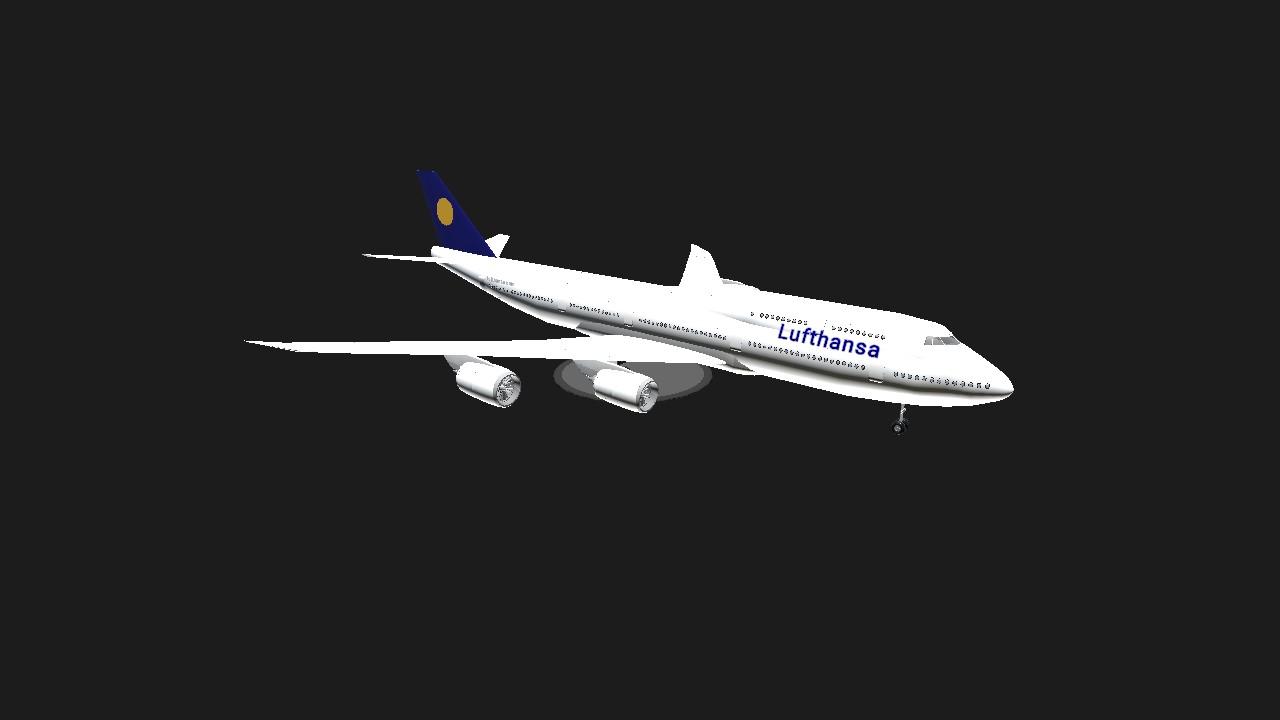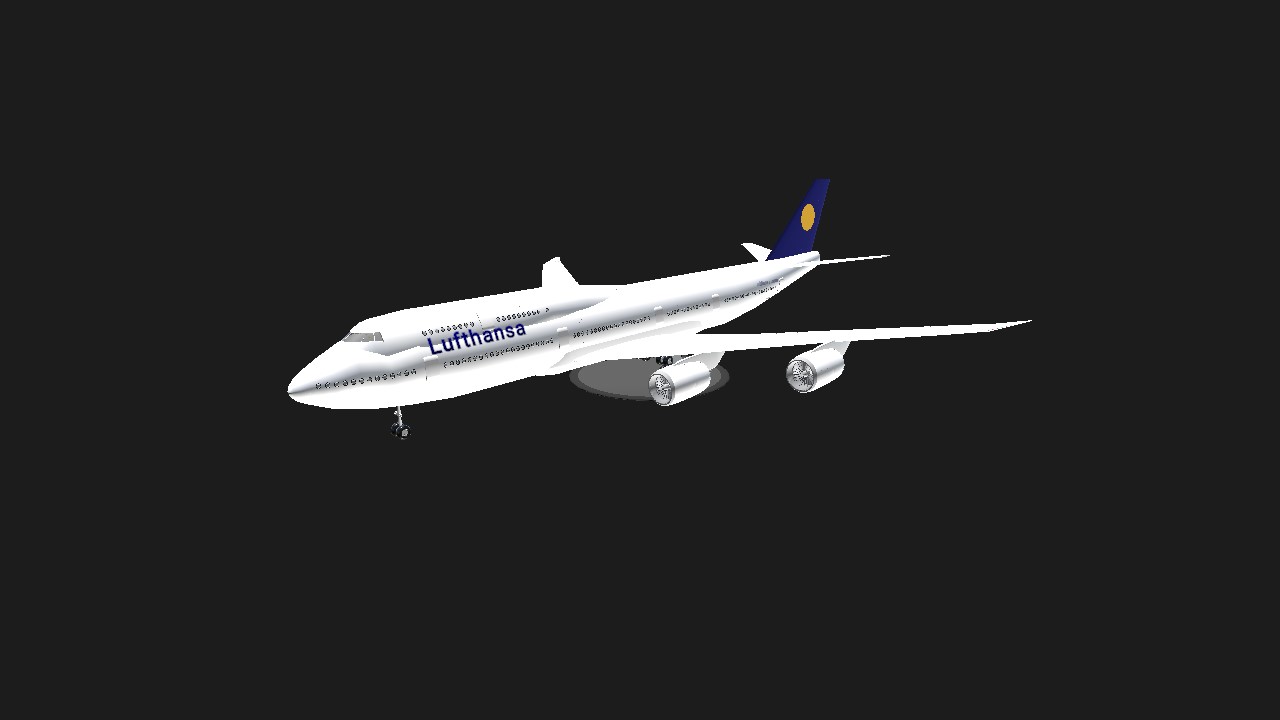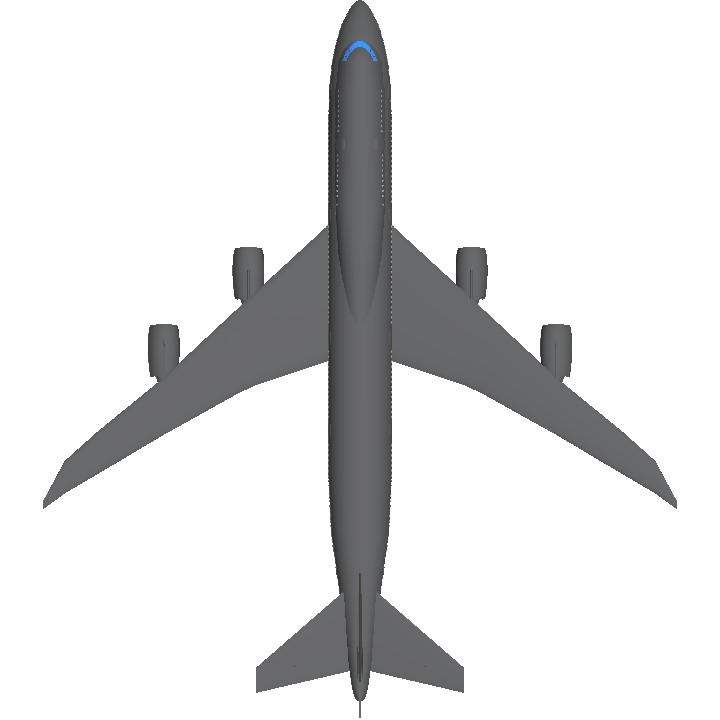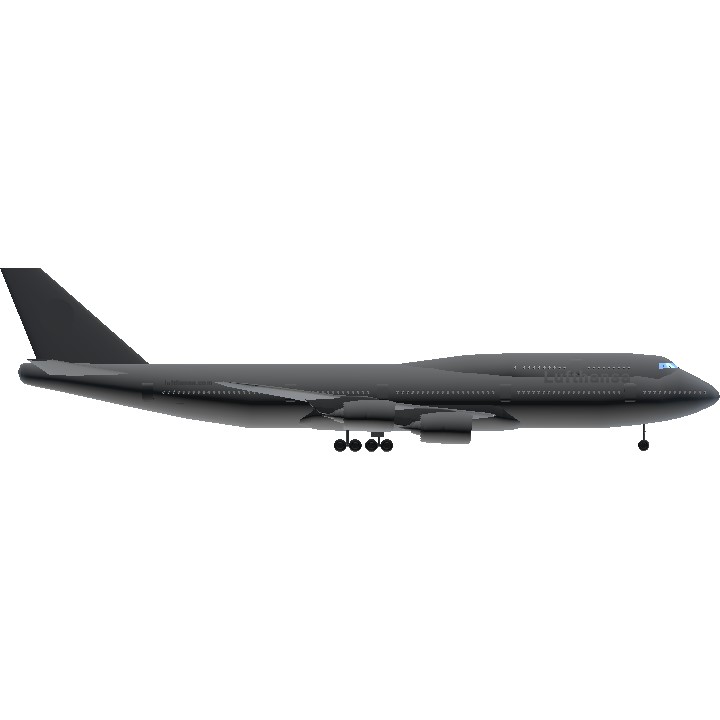The Boeing 747-8 is a response to rival Airbus A380 airliners. Boeing 747-8 adopts the technology of Boeing 787 to enhance the passenger and cargo carrying capacity of 747. In 1996, Boeing's competitor Airbus decided to develop the "A3XX". Airbus wants to challenge Boeing's leadership in the global civil aircraft market through the "A3XX". In December 2000, Airbus announced that it would officially name the "A3XX" as the A380 and officially launch the project. In order to consolidate its position as a market leader, Boeing has decided to add an upgraded 747 model, the 747-X, between the Boeing 747 and the A3XX, thereby weakening the competitiveness of the A3XX. The 747X did not attract interest from airlines, and Boeing terminated the 747X project in 2001.On November 14th, 2005, in the face of fierce competition in the global civil aviation market, Boeing launched the 747-8F project after customers confirmed their order for 18 747-8F cargo aircraft. Luxembourg Cargo Airlines and All Nippon Air Cargo (NCA) ordered 10 and 8 747-8F cargo aircraft, respectively. Based on catalog prices, the total value of the two orders is approximately $5 billion.As of December 2007, Boeing has received 78 confirmed orders for 747-8F aircraft, including 10 for Cathay Pacific, 13 for Luxembourg freight, 12 for Atlas, and 10 for Emirates Sky freight; As for the 747-8 intercontinental airliner, 25 confirmed orders were received, of which 5 were Boeing business jets and 20 were ordered by Lufthansa. The first 747-8F brand new cargo plane has been delivered to Luxembourg for cargo, and the second 747-8F has been delivered to Cathay Pacific Airlines.In 2009, the Boeing 747-8 aircraft was originally scheduled to be delivered in 2009, but the delivery was delayed due to changes in design drawings, production issues, and a strike by pilots. On February 8, 2010, the Boeing 747-8 successfully flew in Everett, Washington, USA. [1] The first test flight was delayed by one year compared to the origi
Specifications
General Characteristics
- Predecessor XJ-40-8I
- Created On Android
- Wingspan 211.5ft (64.5m)
- Length 239.9ft (73.1m)
- Height 61.2ft (18.6m)
- Empty Weight N/A
- Loaded Weight 162,112lbs (73,533kg)
Performance
- Power/Weight Ratio 1.039
- Wing Loading 25.4lbs/ft2 (123.9kg/m2)
- Wing Area 6,386.4ft2 (593.3m2)
- Drag Points 59740
Parts
- Number of Parts 636
- Control Surfaces 5
- Performance Cost 3,225






